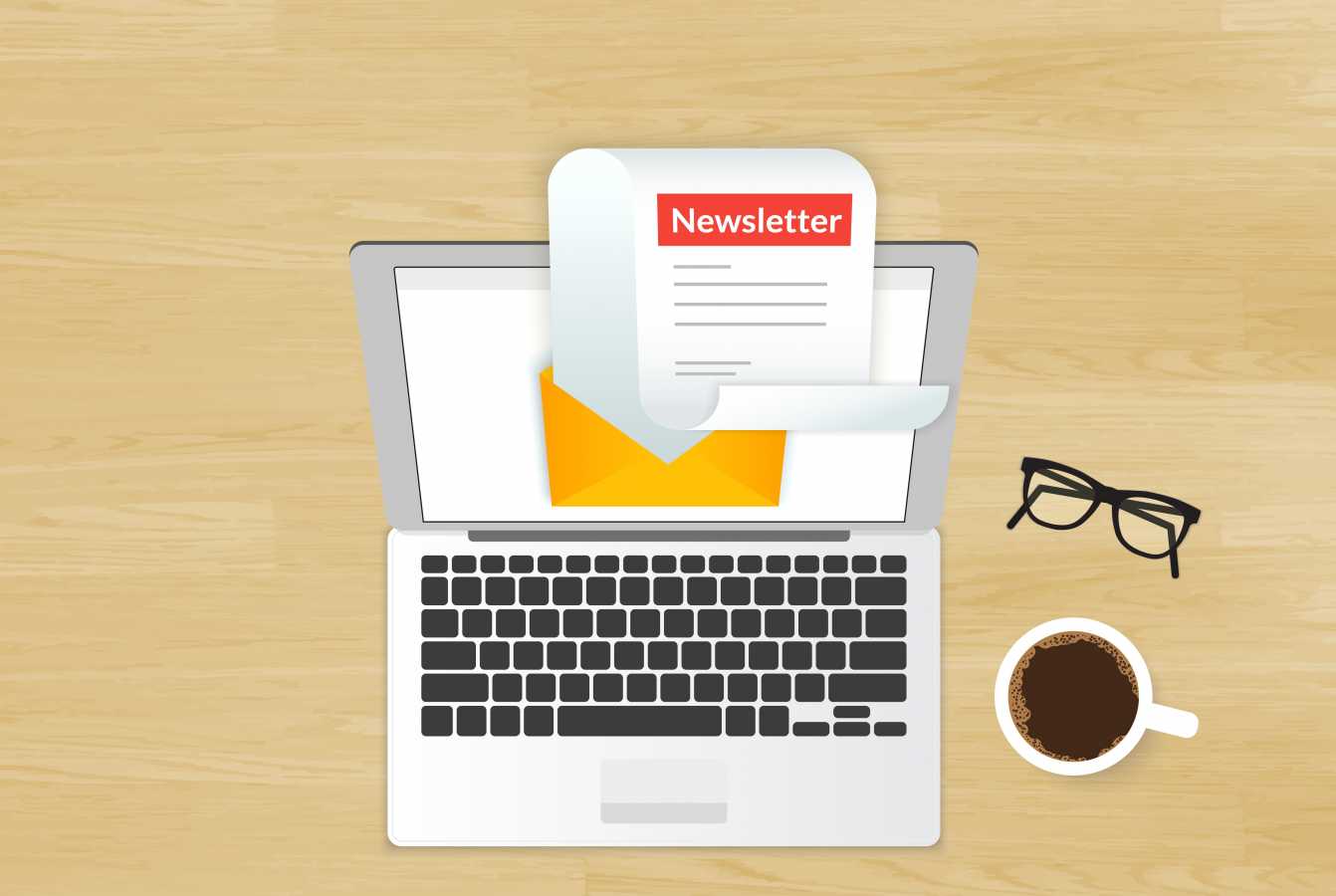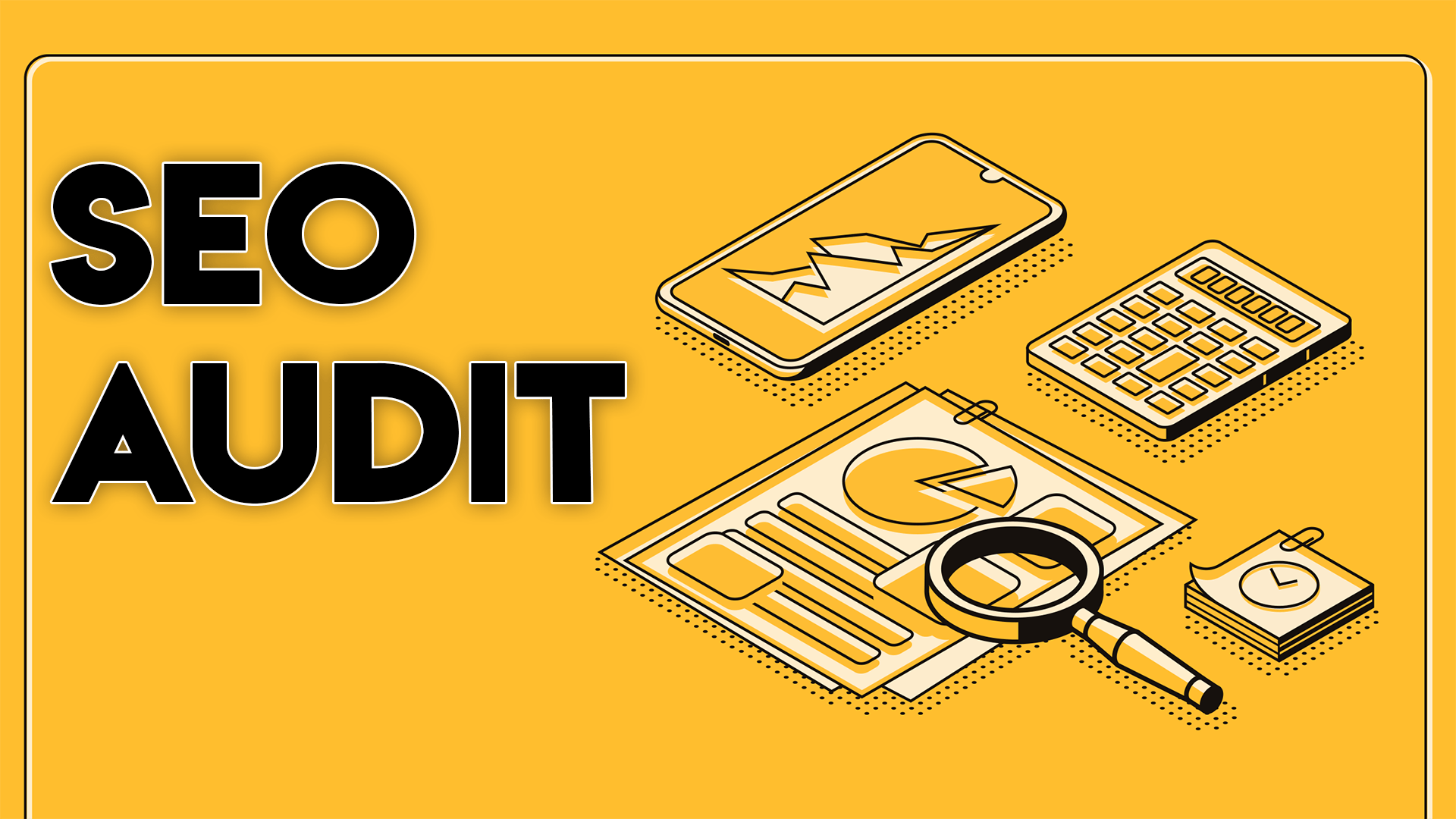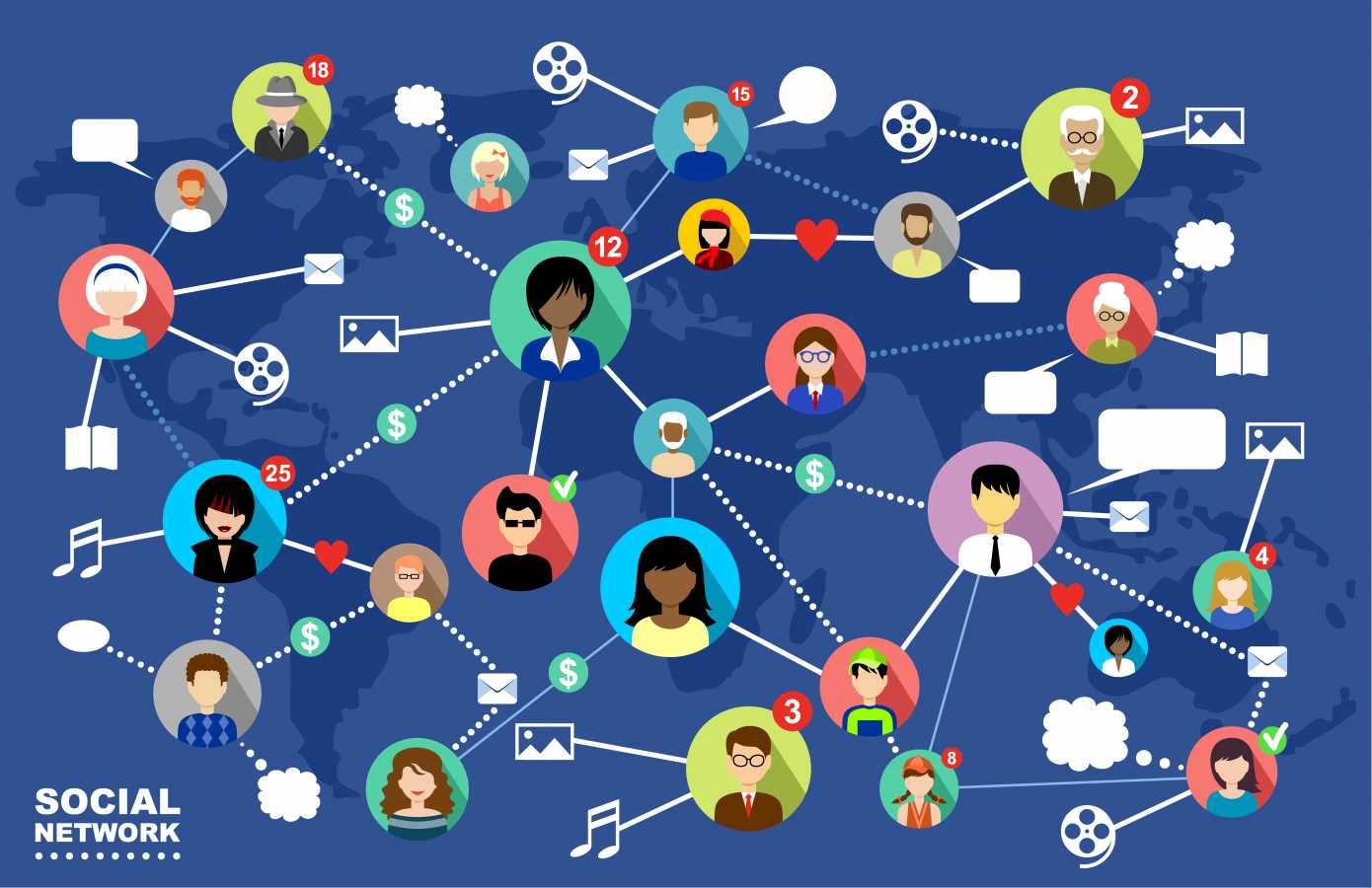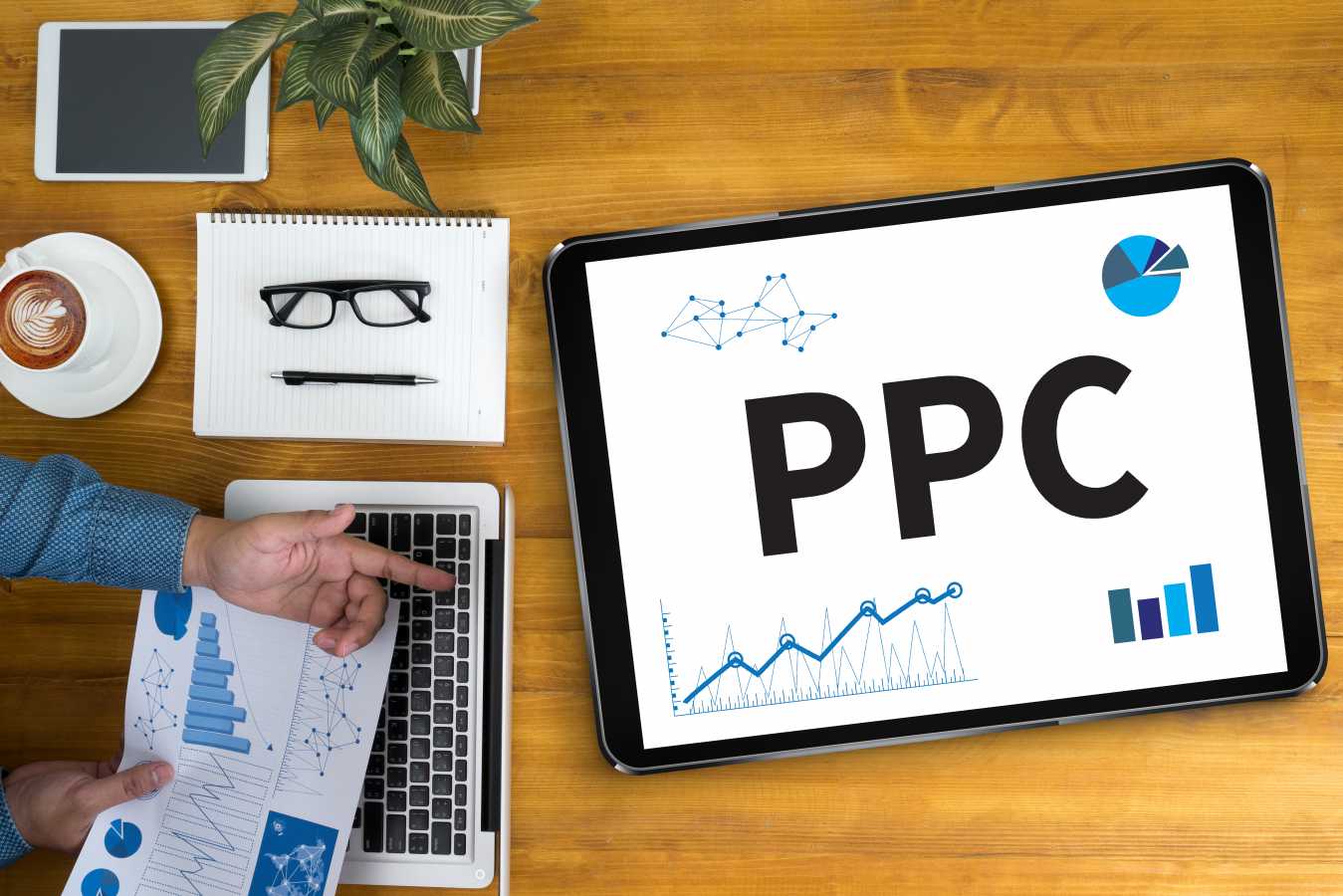We recently had a client that decided to take on the role of email marketing themselves — and soon enough, they called on us to help. When we logged into their email marketing system, we were able to see how many emails were sent and opened in previous campaigns.
The numbers were astounding — but not in a good way. Out of the 24,000 emails sent out, only 900 were opened.
Uh oh. While 900 might sound like a lot of views initially, it’s not enough. Based on this data, less than 4% of their emails were opened — and don’t let us get started on the CTR.
First Impressions Can Make or Break a Relationship
If you want to avoid this type of email marketing flop, don’t blindly send out a campaign. Make an effort to learn what is effective first.
Why? It’s essential to your brand. The information you send out under your company’s name represents who you are. And, trust us: past, present and future customers care about the way your brand presents itself.
The good news is that this client did gain some excellent results from this scenario, though. As in, they learned that email marketing wasn’t quite their niche.
What Should You Avoid?
After reviewing their previous campaigns, we determined the root of the problem. Their newsletter was treated as more of a sales-oriented campaign. Now, there is nothing wrong with sales — but if you aren’t offering your customers a special deal, are they really going to open an unsolicited sales email? I wouldn’t.
Use these tips to keep your email marketing campaign out of the spam folder and in the inboxes of your information-hungry audience — because no one really craves spam when they’re hungry.
1. Don’t Be a Spam Artist
A customer or Facebook follower is not your bait. That means you should never send unsolicited newsletters to them.
Recipients should elect to subscribe to your newsletter for news, updates and special deals. Never automatically sign up a user, unless you want to be seen as a spam artist.
2. Focus on the Design and Layout
More and more, the web has started to rely on visuals. It’s not 1998 anymore. You can’t get away with a plain, white newsletter with black, 10pt font. When it comes to the layout of your newsletter, consider these options:
- Purchase a Template. There are many templates available that will satisfy your needs while offering your email campaign a fresh, modern look.
- Hire a Designer. Your best bet is to hire a professional designer who will be able to put together a custom newsletter layout. Make sure they have experience with programming. Otherwise, you will need to hire a programmer to deliver functionality to this design.
3. Strategize Your Campaign Before Emailing It
After you have gained your loyal subscribers, you don’t want to scare them away with seemingly “harmless” promotional details.
You want to share with them who you are as a brand while making them feel like they are part of something big—but there’s still so much more to it than that.
Choosing what kind of content to include in your newsletter will be that much easier if you identify a purpose or set a goal ahead of time.
4. Headlines Are Everything
Headlines are one of the first things that draw in readers and drive them to act. Pack your subject line and headlines with such interesting details that your subscribers can’t help but open your email and click through to your site. They will open your campaign and become engaged by the content faster than they can think, “spam.”
5. Understand the Value of Content
Your content cannot just be a watered-down version of your headline. Once you promise something to readers, deliver it. Otherwise, you will break their trust. If you do that, you know what’s next: hello, spam folder!
See, spamming goes well beyond our first point. It’s a greater offense than just collecting email addresses and sending unwarranted newsletters. It’s shamelessly promoting your brand without offering anything in return. Yes, your newsletter is your time to shine — but no, it is not your time to brag. Bragging doesn’t often convert into sales. People care more about what you’re going to do for them than what you have to say about yourself.
The first thing you need is a good story. According to popular marketer and author, Gary Vaynerchuk, “Your story needs to move people’s spirits and build their goodwill, so that when you finally do ask them to buy from you, they feel like you’ve given them so much it would be almost rude to refuse.”
So, the idea is to give them something that is valuable. Here is an example:
This particular newsletter offers readers value by sharing stories about others in the industry. It also features helpful, informational opinion articles. Finally, it reminds readers that this vendor will be attending a trade show. Why are all of these details so important?
Studies show that people are suffering from “information overload.” The actual numbers can be pretty surprising.
According to Richard Alleyne’s article published in the U.K.’s The Telegraph, “The growth in the internet, 24-hour television and mobile phones means that we now receive five times as much information every day as we did in 1986.” And that was in 2011!
With the continued growth of internet usage among all ages (it’s no longer shocking that toddlers use iPads with ease), and with an added emphasis on the importance of mobile technology, we expect that number has only increased.
That means that our brains are confronted with so much information every week, hour, every minute that we are starting to grow weary when it does not offer something in return: entertainment, knowledge, understanding or other value.
Readers don’t just crave information. They crave valuable information.
6. Keep Readers Engaged
What can be done to help encourage readers to click through your campaign and maybe even convert? Here are some content tips that will make for easier, more exciting campaigns:
- You may have been hearing a lot about these little guys in the past few years and with good reason. Infographics deliver thoughts, facts or other info in easily digestible parts. This information is paired with (you guessed it) graphics that enable you to catch the reader’s attention and keep them interested in what is being said.
- Just like infographics, other images like icons, graphics and photos can be used to capture the reader’s interest by offering visual appeal. Always make sure you have the proper permission to use a photo before sharing it. Those battles can get ugly.
- Relevant Copy. Know your target audience, but never write for an entire audience. Pretend you are writing for just one person. Whether you are writing a guide, making a tutorial or putting together an entertaining or informative piece of copy, pretend you are telling the story to one person. This helps keep writing personal, interesting and (dare I say it?) human.
You did remember that humans are who you’re writing to, right? And humans aren’t robots. Only robots would read emails your company’s self-promotion in a twelve-part newsletter series. Humans won’t.
[bctt tweet=”Use These 6 Tips to Keep Your #EmailMarketing Newsletter Campaign Out of the Spam Folder”]
What’s the Next Step?
We know this information is a lot to take in at once, and mastering it can seem even more taxing. If you still need some tips, or if you are on the fence about what to do with your email campaign, don’t be afraid to ask the experts at Optimum7 Marketing. We’ve got your back.






